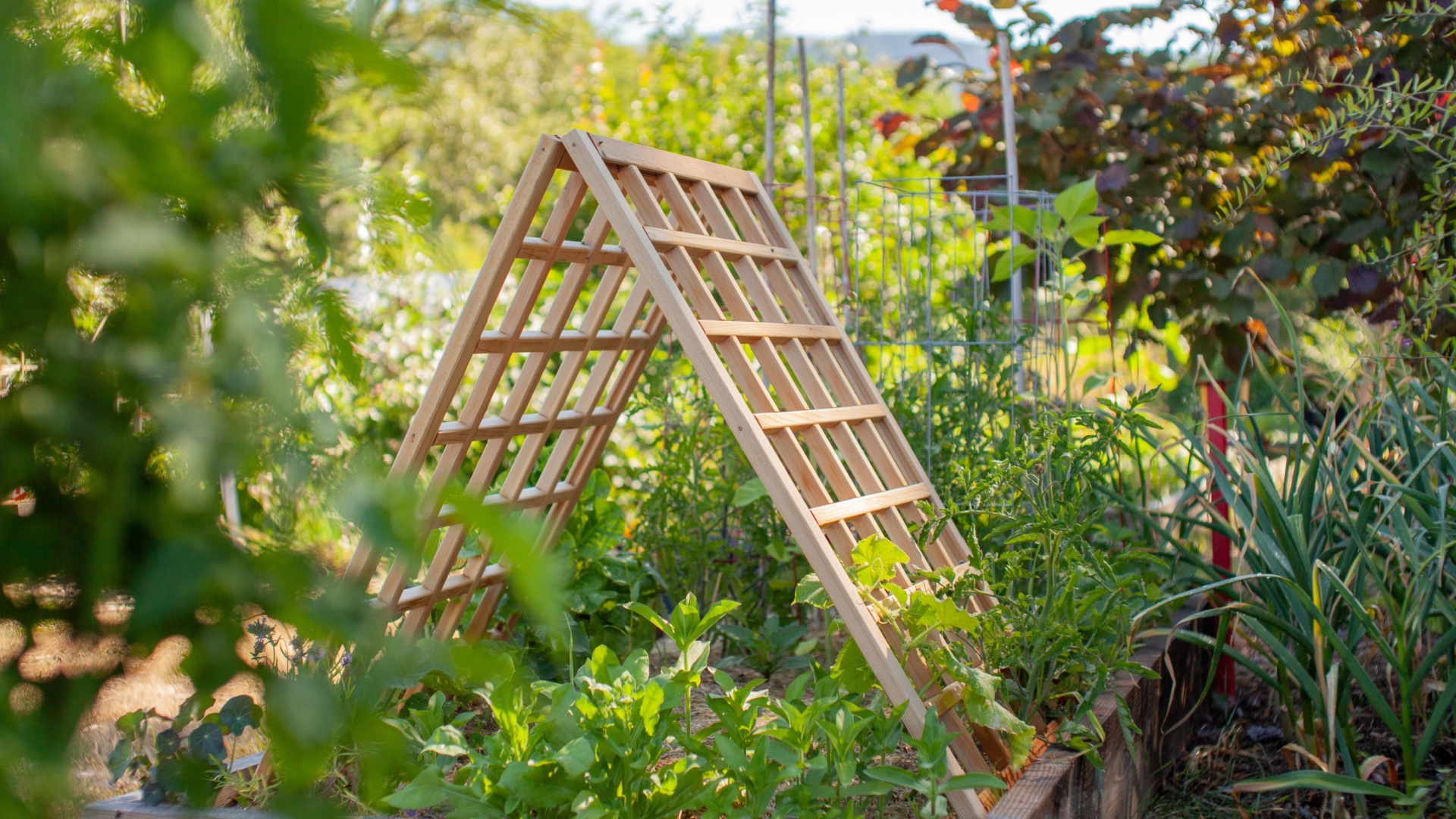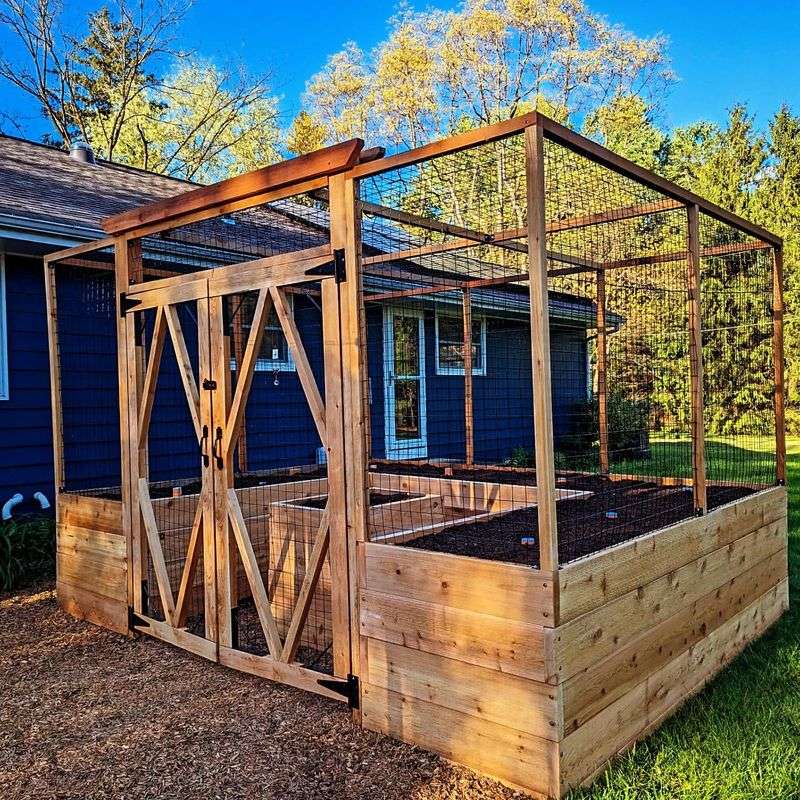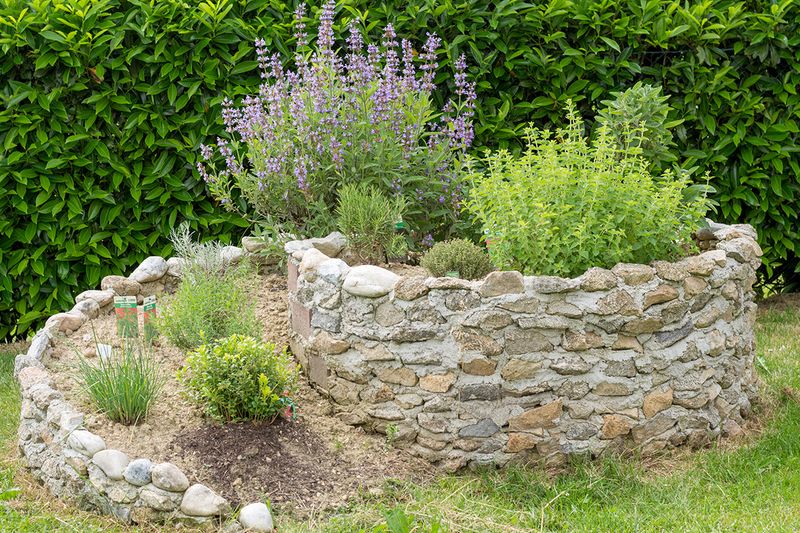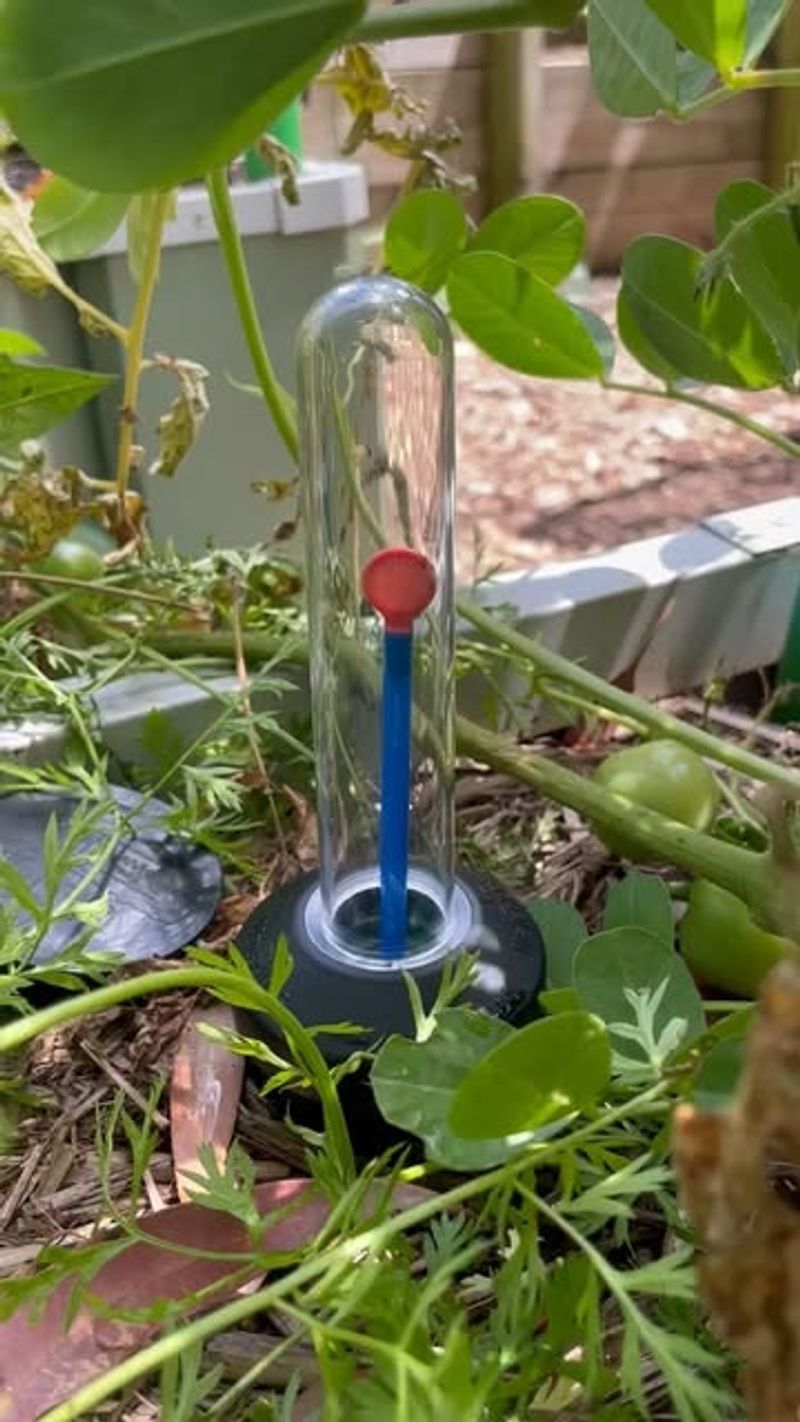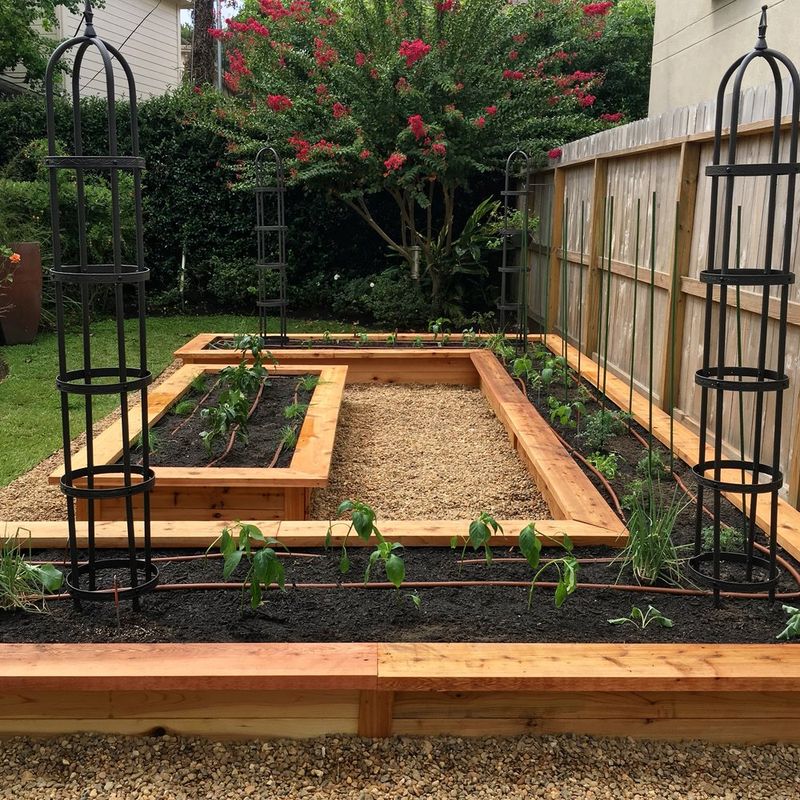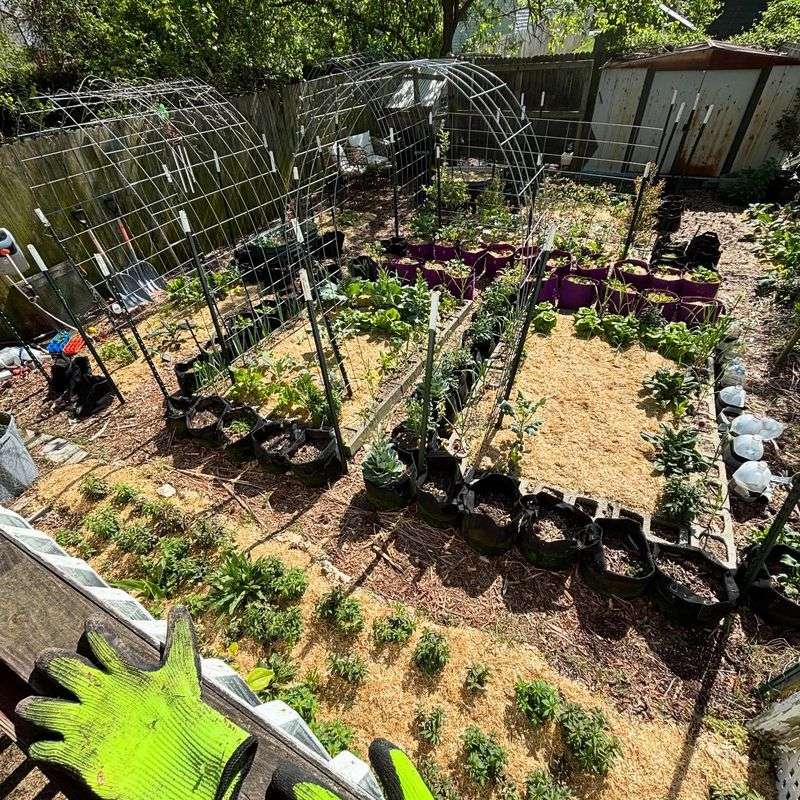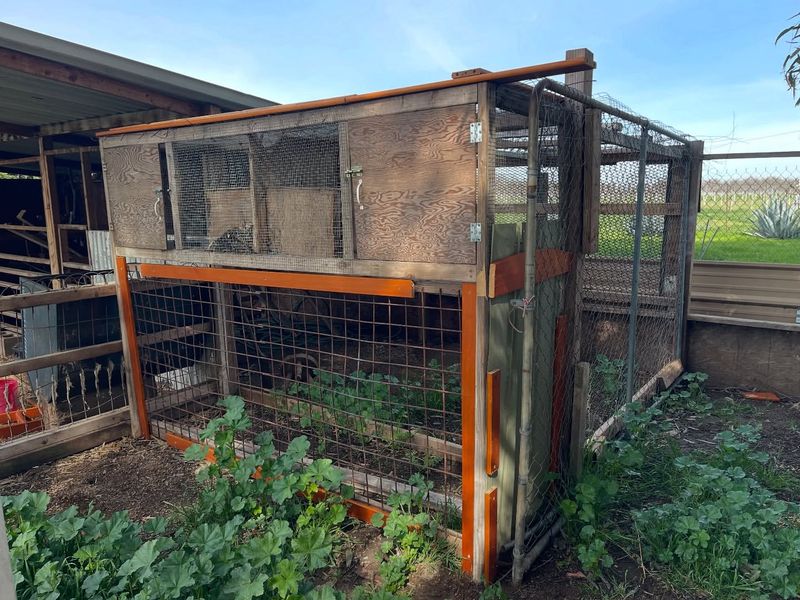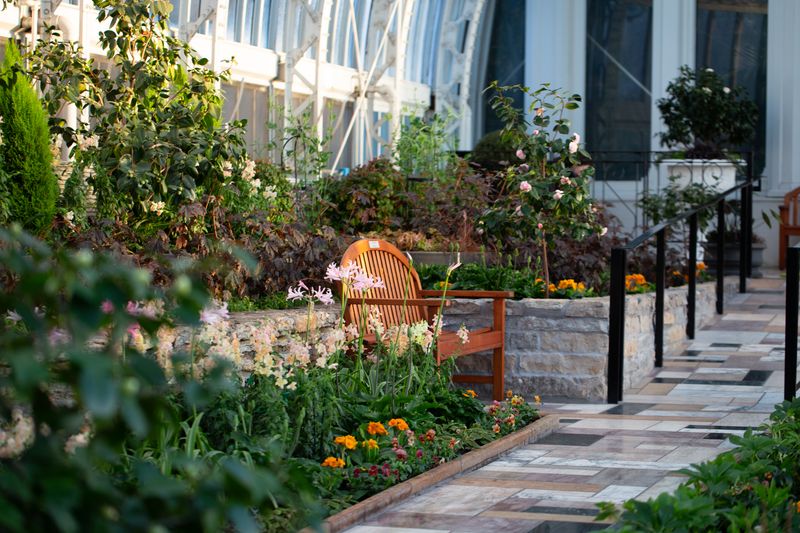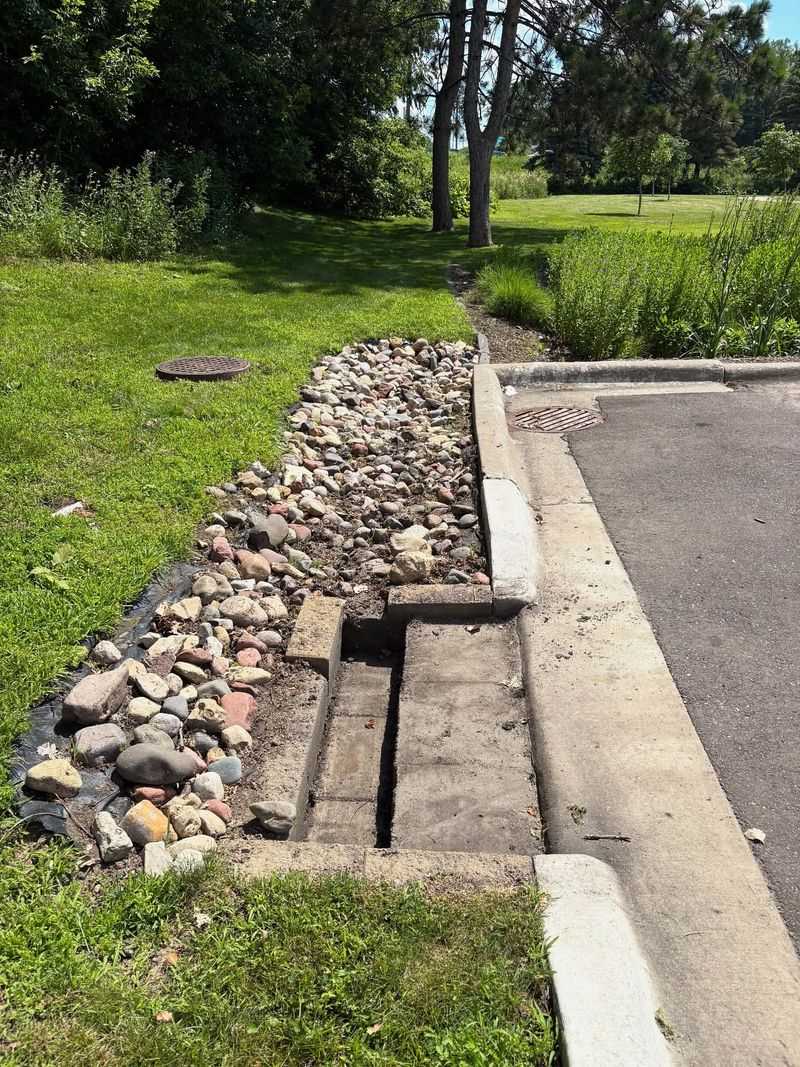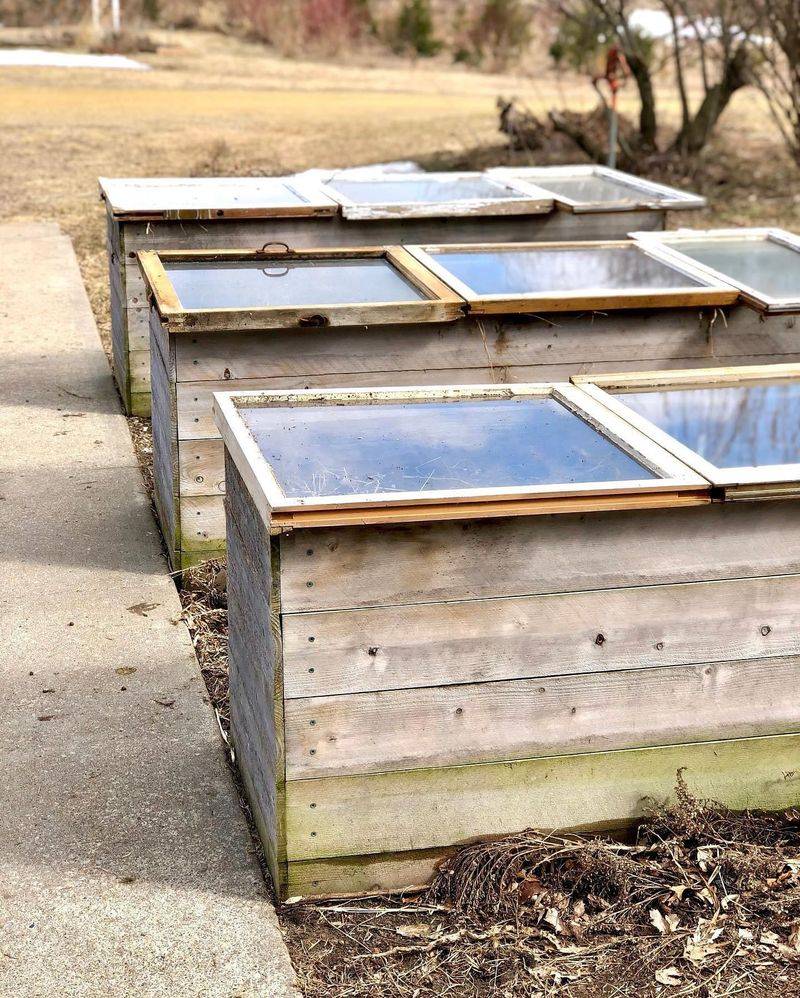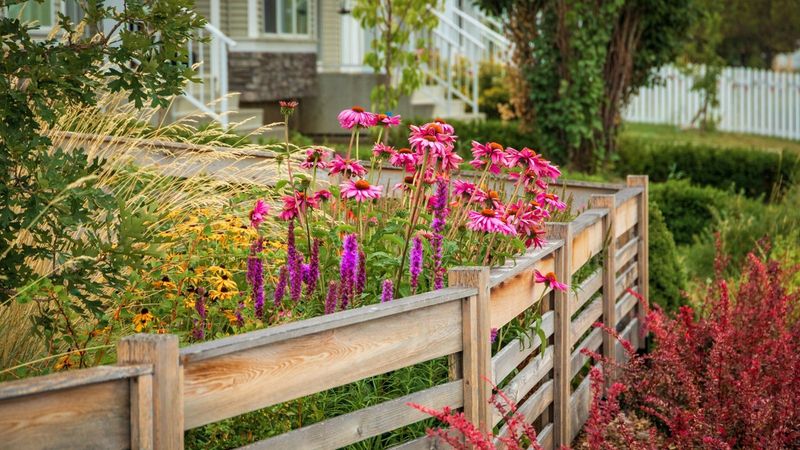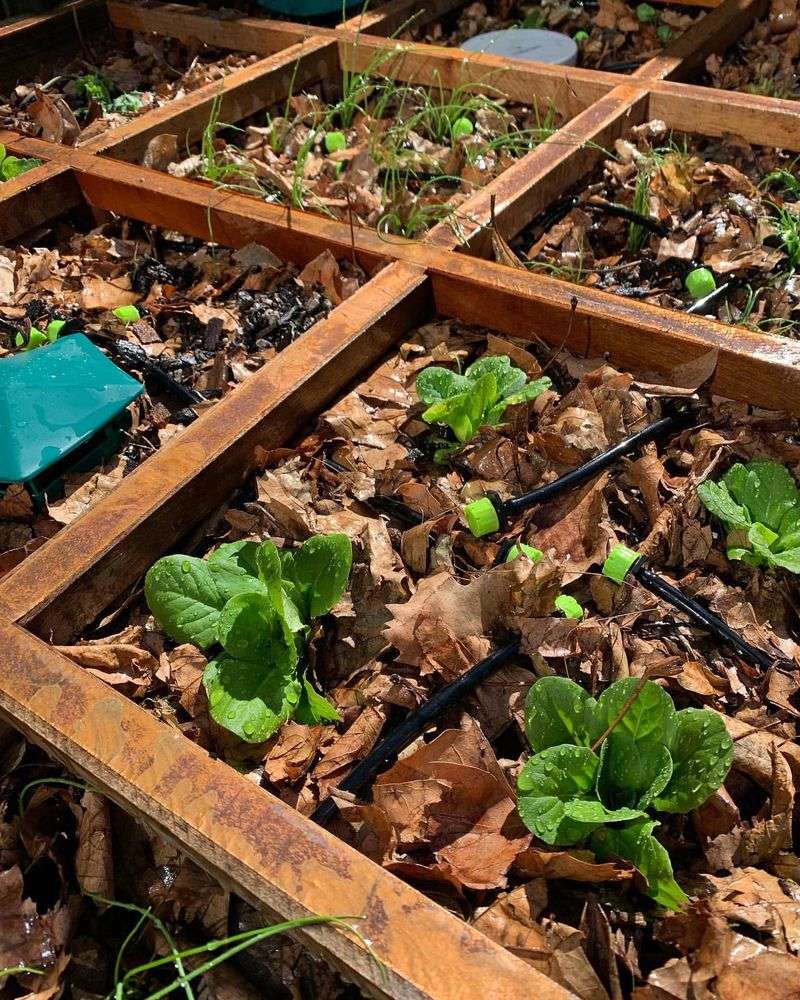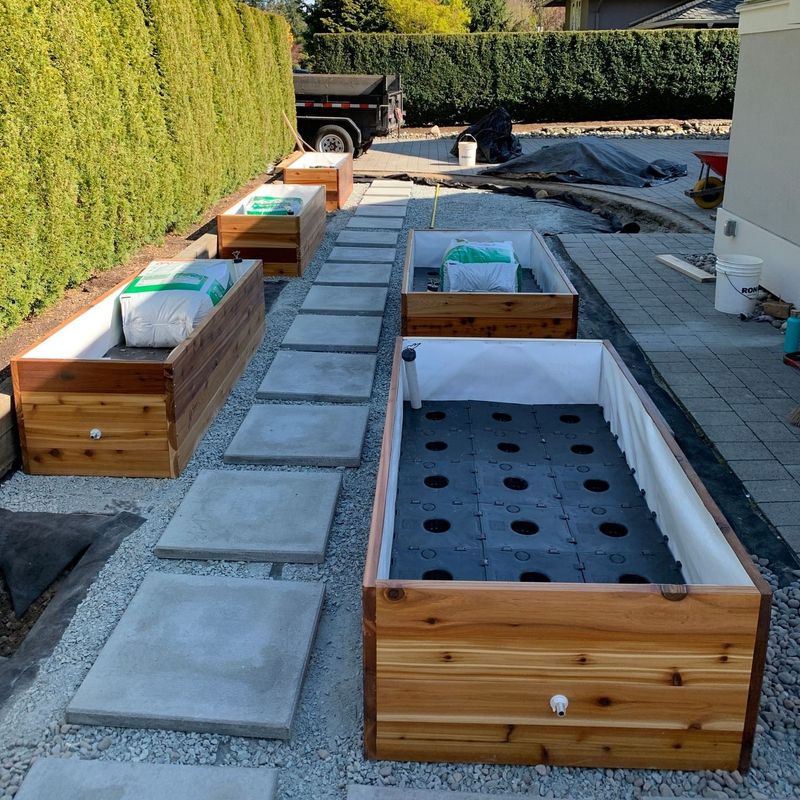If your raised beds feel cramped or underperforming, you’re not alone. Michigan gardeners are rethinking traditional layouts—and getting better results.
By switching to more flexible, creative designs, they’re boosting yields, improving airflow, and making every square foot count. It’s not about building bigger beds—it’s about using them smarter.
1. Keyhole Designs Maximize Space
Keyhole garden beds look like a circle with a notch cut out, creating easy access to the center without wasting precious growing space. Michigan gardeners love how these designs let them reach all plants without stepping on soil.
The circular shape also creates microclimates within the garden, protecting tender plants from harsh Michigan winds. Plus, many gardeners add compost bins in the center, turning kitchen scraps into garden gold right where it’s needed most.
2. Hugelkultur Beds Extend Growing Season
Buried logs and woody debris form the foundation of hugelkultur beds, creating natural heat as they decompose. For Michigan gardeners battling short seasons, this extra warmth can mean weeks of additional growing time.
The decomposing wood also acts like a sponge, soaking up spring rains and slowly releasing moisture during summer dry spells. Many gardeners report using significantly less water after switching to these mound-shaped beds that mimic natural forest processes.
3. Spiral Layouts For Herb Gardens
Spiral herb gardens create multiple growing zones in a compact space. At the top, sun-loving Mediterranean herbs thrive, while shade-tolerant varieties grow protected on the north side.
Michigan gardeners appreciate how these spirals naturally shed excess rain, preventing root rot during wet spring months. The stone construction also absorbs heat during the day and releases it at night, protecting tender herbs from unexpected frost that can strike even in late May.
4. Wicking Beds Conserve Water
Water moves upward from a reservoir beneath the soil in wicking beds, reaching plant roots exactly where needed. Michigan gardeners have embraced this design to cut watering chores in half during hot summer months.
The sealed bottom layer prevents nutrients from leaching away, making these beds super efficient. An unexpected bonus: wicking beds warm up faster in spring since they don’t lose heat to the ground below, giving seedlings a jump-start in Michigan’s notoriously unpredictable spring weather.
5. Vertical Integration Doubles Harvests
Vertical elements added to raised beds create growing space where none existed before. Trellises, arches and towers let Michigan gardeners grow up instead of out, doubling or even tripling harvest from the same footprint.
Cucumbers, beans and peas climb skyward while leafy greens grow below, maximizing sunlight use. Smart gardeners position vertical elements on the north side of beds to prevent unwanted shade, a crucial consideration during Michigan’s already-short growing season.
6. Mandala Patterns Create Microclimates
Circular beds arranged in mandala patterns naturally create protected pockets that shield plants from Michigan’s unpredictable weather. The curved edges disrupt wind patterns, reducing plant stress during storms.
Gardeners report these designs make maintenance easier too. The natural flow leads you through the garden, making weeding and harvesting feel less like chores. Many Michigan gardeners incorporate sitting areas within their mandalas, turning garden work into a meditative experience rather than another task on the to-do list.
7. Straw Bale Integration Fights Frost
Straw bales incorporated into raised bed designs act as natural insulators against Michigan’s temperature swings. Placed strategically around tender plants, they create warm microclimates that can extend growing time by weeks.
The decomposing straw generates heat, protecting nearby plants from early frosts. As a bonus, the bales break down over time, creating rich compost right where it’s needed. Many gardeners plant directly into the bales themselves, growing tomatoes and other heat-loving crops in these naturally warm spots.
8. Livestock-Garden Combinations
Innovative Michigan gardeners are positioning chicken coops and rabbit hutches adjacent to raised beds. The animals provide ready fertilizer while garden scraps feed the animals, creating a sustainable mini-ecosystem.
Some designs feature rotating animal pens that move around the garden throughout the season. This system allows chickens to clear beds in fall, eating pests and adding manure, then moving them before spring planting. The result is naturally fertilized, pest-reduced garden beds without the heavy lifting.
9. Sunken Pathways Improve Access
Lowering pathways between raised beds creates higher growing areas without adding extra soil. Michigan gardeners find these sunken paths naturally collect and direct rainwater to plants instead of washing away topsoil.
The lowered walkways also trap cold air, pushing it away from tender plants during spring frosts. For gardeners with mobility issues, the raised edges create natural seating areas, making garden maintenance more comfortable. Some clever designs incorporate drainage beneath the paths to prevent muddy conditions during Michigan’s rainy seasons.
10. Pollinator Pathways Boost Yields
Strategic pathways designed specifically for pollinators are transforming Michigan garden layouts. Instead of straight rows, beds curve and connect, creating continuous flowering routes that keep bees, butterflies and hummingbirds moving through the entire garden.
Native wildflowers integrated throughout vegetable beds ensure pollinators visit every corner. Michigan gardeners report yield increases of up to 30% after implementing these designs. The flowing layouts also make gardens more visually appealing, turning functional growing spaces into landscape features that enhance property value.
11. Rain Garden Catchment Systems
Sloped raised beds designed to capture and filter rainwater are gaining popularity across Michigan. These systems direct roof runoff and natural rainfall to where it’s needed most, reducing water bills while preventing basement flooding.
The multi-level design creates natural irrigation zones. Moisture-loving plants thrive in lower areas while Mediterranean herbs and drought-tolerant vegetables grow in the higher, drier sections. Many gardeners incorporate decorative rain chains and small rock waterfalls, turning necessary water management into attractive garden features.
12. Cold Frame Integration Extends Seasons
Raised beds with built-in cold frames are revolutionizing year-round growing in Michigan. These designs feature hinged glass or polycarbonate tops that capture solar heat while protecting plants from harsh weather.
The raised bed foundation keeps soil warmer than ground level, while the transparent cover creates a greenhouse effect. Michigan gardeners using these systems harvest fresh greens all winter long, even with snow on the ground. The covers can be removed completely during summer, converting back to traditional raised beds for heat-loving crops.
13. Native Plant Buffer Zones
Smart Michigan gardeners are surrounding vegetable beds with native plant borders that act as natural pest control. These buffer zones attract beneficial insects that prey on garden pests while creating habitat for native pollinators.
The deep roots of native plants help break up compacted soil around garden beds, improving drainage across the entire yard. Many gardeners report needing fewer pesticides after implementing these designs. The native borders also create visual interest year-round, with winter seed heads attracting birds that help control overwintering insect populations.
14. Self-Watering Grid Systems
Underground irrigation grids connected to rain barrels are changing how Michigan gardeners water. These systems deliver moisture directly to root zones through perforated pipes buried beneath raised beds.
Timers and gravity-fed mechanisms ensure consistent watering even during vacation weeks. For busy gardeners, this automation means healthier plants with minimal effort. The buried pipes also prevent water loss through evaporation, a significant advantage during increasingly hot Michigan summers that climate change has brought to the region.
15. Thermal Mass Heat Storage
Dark-colored stones and water barrels incorporated into raised bed designs collect solar heat during the day and release it at night. Michigan gardeners use these thermal mass elements to protect plants from temperature drops that can occur even in summer.
Strategically placed rocks keep roots warm well into fall, extending the growing season by weeks. Some gardeners paint water-filled containers black to maximize heat absorption, placing them at the north end of beds where they won’t shade plants but will radiate warmth when temperatures drop.

